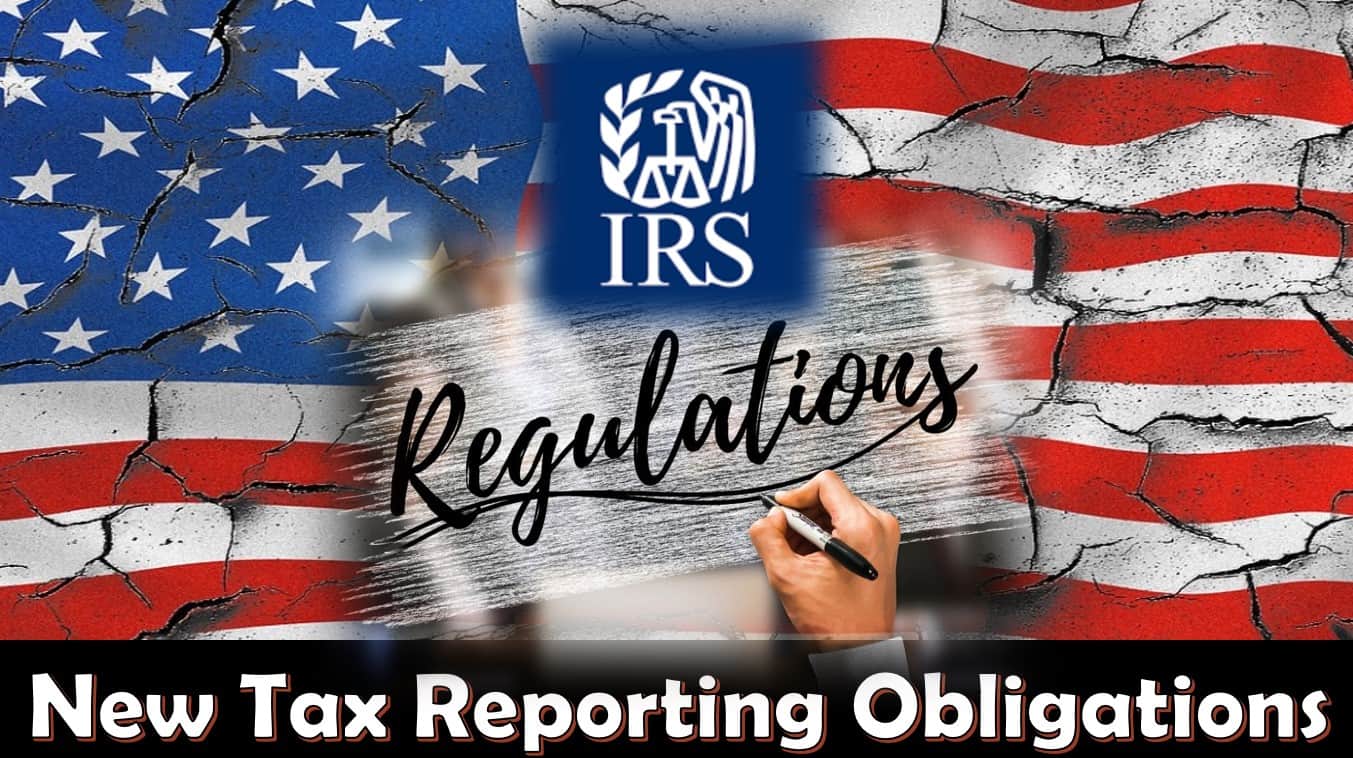
First Republic Bank Enters Receivership: BTC Price Surges
Bitcoin (BTC) witnessed a surge in its value within the past 24 hours, triggered by fears of an imminent bank failure.
Specifically, First Republic Bank (FRC), whose shares closed down by over 50% on April 25. This leads to concerns that another bank failure is imminent.
This news was initially reported by Charles Gasperino, a reporter with Fox News Business. He reported that bankers linked to First Republic Bank were expecting the government to take over the institution by placing it into receivership.
Receivership is a strategy that helps companies avoid insolvency while giving creditors the ability to recuperate their funds in situations where a default is probable.
Until recently, the price action of BTC has been in near lock step with the stock market. However, according to data from Santiment, a crypto analytics firm, the correlation between Bitcoin and the S&P 500 seems to be weakening.
It has been a long-term contention of Bitcoin and crypto enthusiasts that BTC would serve as a “safe haven” in times of financial turmoil. This recent increase in the valuation of BTC seems to prove this sentiment.
First Republic Bank faced challenges at the start of March. These challenges were due to a falling level of deposits into the institution.
This resulted in 11 of the most significant banks in the United States being required to deposit approximately $30 Billion into the struggling institution in an attempt to maintain its solvency.
Banking Crisis Deepens
First Republic announced during its Q1 earnings call on Monday, April 23rd, that it had witnessed a drop of over $100 Billion in its total deposits.
On this call, the institution further emphasized that it would be exploring strategic alternatives to bolster its financial position without delay. The details of these strategic options are yet to be disclosed by the bank.
However, as per the earnings report, the distressed institution intends to reduce its balance sheet and minimize expenses. Some of the options noted to accomplish this task included reducing executive salaries, downsizing office space, and laying off up to 25% of its workforce in this quarter.
Financial institutions in the U.S. have been severely affected by the banking crisis this year and it only seems to gain momentum.
On March 8, Silvergate Bank revealed that it would be shutting down due to a surge in withdrawals. This was followed just two days later by Silicon Valley Investment Bank (SVB) being closed down.
Janet Yellen, the U.S. Treasury Secretary, has reaffirmed that despite the financial distress, the banking industry in America is still dependable.
During the Financial Stability Oversight Council meeting on April 21st, Yellen stated:
“Our banking system remains sound, with strong capital and liquidity positions.”
However, this seems to fly in the face of Secretary Yellen’s actions a few weeks earlier.
While on a call with major banking executives, she suggested that the nation’s largest banks deposit the $30 Billion in funds mentioned earlier.
This suggestion was undoubtedly made to avoid the possibility of needing to use taxpayer money to save First Republic, thus making it look less like a bailout and more like banks helping each other.
Over the last month, major institutions such as J.P. Morgan Chase & Co. and Bank of America Corp. have seen an increase in consumer deposits as Americans search for a safe place to keep their wealth.
This increase is likely due to customers believing that these banks will be deemed “too large to fail,” similar to governmental choices in the 2008 crisis.
Bitcoin Safe Haven
As the traditional banking system flounders, and appears to be heading into the abyss, consumers are searching for a safe place to park their assets.
The CEO of asset management firm ARK Invest, Cathie Wood said that cryptocurrencies have acted as a safe haven during this time.
She also held the Federal Reserve’s policy failures responsible for the downfall of financial institutions like SVB and Signature.
As evidence of this, we’ve seen cryptocurrency prices rise steeply. This rise also included Bitcoin reaching a new multi-month high.
On March 16, Cathie Wood took to Twitter to condemn the Federal Reserve for its inability to thwart bank runs in the face of obvious warning signals.
She expressed disbelief, stating that she was astonished that banks and regulators could not successfully alert The Fed to the looming apocalypse.
Wood also contended that the Fed’s policy was the main reason for the ongoing banking crisis, which was primarily caused by a lack of venture capital funding.
Wood has been a staunch crypto advocate. This can be seen in the continued investments made by ARK Invest.
In her Twitter post she said the following about the the banking crisis we are starting to experience:
“this debacle would not have been possible in the decentralized, transparent, auditable, and over-collateralized crypto asset ecosystem.”
In addition, Wood emphasized that the present banking crisis was not triggered by cryptocurrency as some have tried to posit. This postulation has led to increased regulatory scrutiny from agencies such as the SEC and CFTC.
Wood further commented that authorities are utilizing cryptocurrencies as a “fall guy” to divert attention from their shortcomings in the supervision of traditional banking institutions.
She capped off this statement by saying:
”the scapegoat for policy mistakes, crypto will move offshore, depriving the US of one of the most important innovations in history.”
Future Government Actions
With all of this banking uncertainty here in the U.S., what options does the government have going forward?
The Fed is slated to go live with their FedNow program in July of this year. According to The Fed, FedNow is supposed to increase liquidity and instantaneous settlements between banks.
However, some see this program as the pathway to introduce a Central Bank Digital Currency (CBDC) in the U.S.
Advocates of a CBDC state that such a digital asset would also eliminate the current banking issues being experienced. However, opponents decry that a CBDC puts the U.S. one step away from totalitarianism.
Either way, it is important to understand what a CBDC is, as well as the pros and cons of their usage.
Disclaimer
The information provided here is for INFORMATIONAL & EDUCATIONAL PURPOSES ONLY!
View our complete disclaimer on our Disclaimer Page






